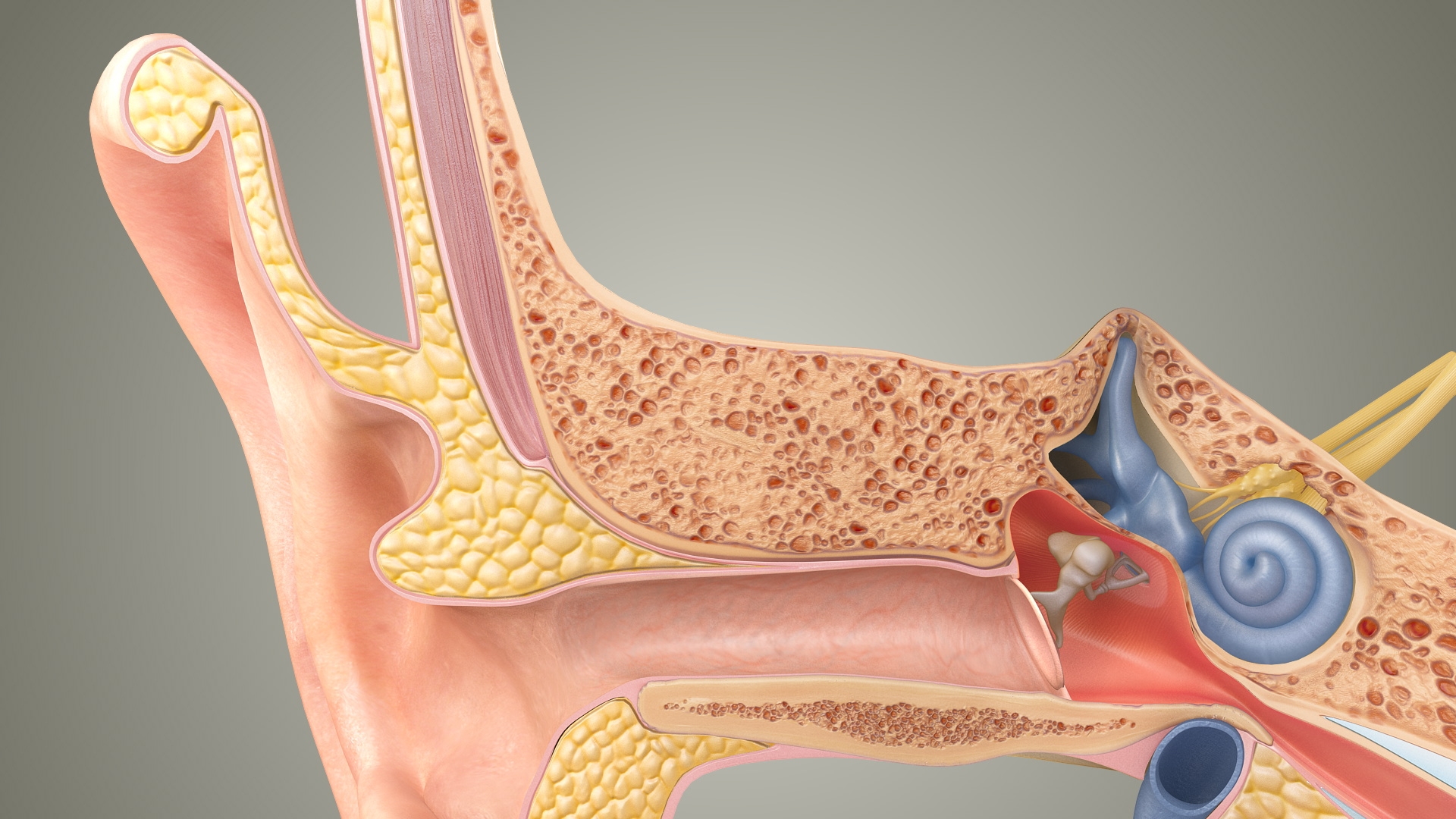How Hearing Works
To understand hearing loss, it is important to understand how normal hearing works. Sound waves are collected by the outer ear and channeled down the ear canal to the eardrum. When sound hits the eardrum, the impact creates vibrations that are transferred to three tiny bones in the middle ear. The smallest of these bones, the stapes, fits into the oval window between the middle and inner ear. These bones transfer the vibrations to a sensory organ in the inner ear called the cochlea. When the vibrations from the stapes are transferred to the oval window, fluid in the inner ear transmits the vibrations into the cochlea. The fluid’s wave-like action bends thousands of microscopic hair cells, setting off nerve impulses that pass through the auditory nerve to the hearing center of the brain, where they are translated into sound.
Limitations of Hearing Aids
Types of Hearing Loss
Sensorineural loss results from damage to the inner ear, the nerve of hearing or both. The loss often occurs gradually so it may go unnoticed by the affected person for years. One of the most common causes of sensorineural hearing loss is excessive noise exposure. While this can be prevented with the use of hearing protection, once the damage has occurred a hearing device is the only treatment. The treatment for sensorineural loss is amplification through hearing aids or hearing implants.
Patients with moderate to severe sensorineural hearing loss may be a candidate for the MAXUM System.
Conductive loss is caused by a condition that interferes with the transmission of sound through the outer or middle ear. The result is a reduction in the sound intensity or loudness that reaches the cochlea (inner ear). Most of the causes of conductive loss can be at least partially corrected through medical intervention. Conductive losses that are not improved through surgery or medication may be improved with hearing devices.
Your physician or audiologist will perform several audiometric tests and a medical examination to determine whether you are a candidate for the MAXUM System.



